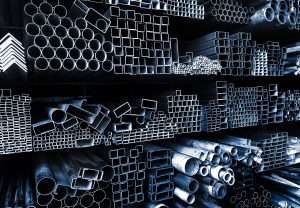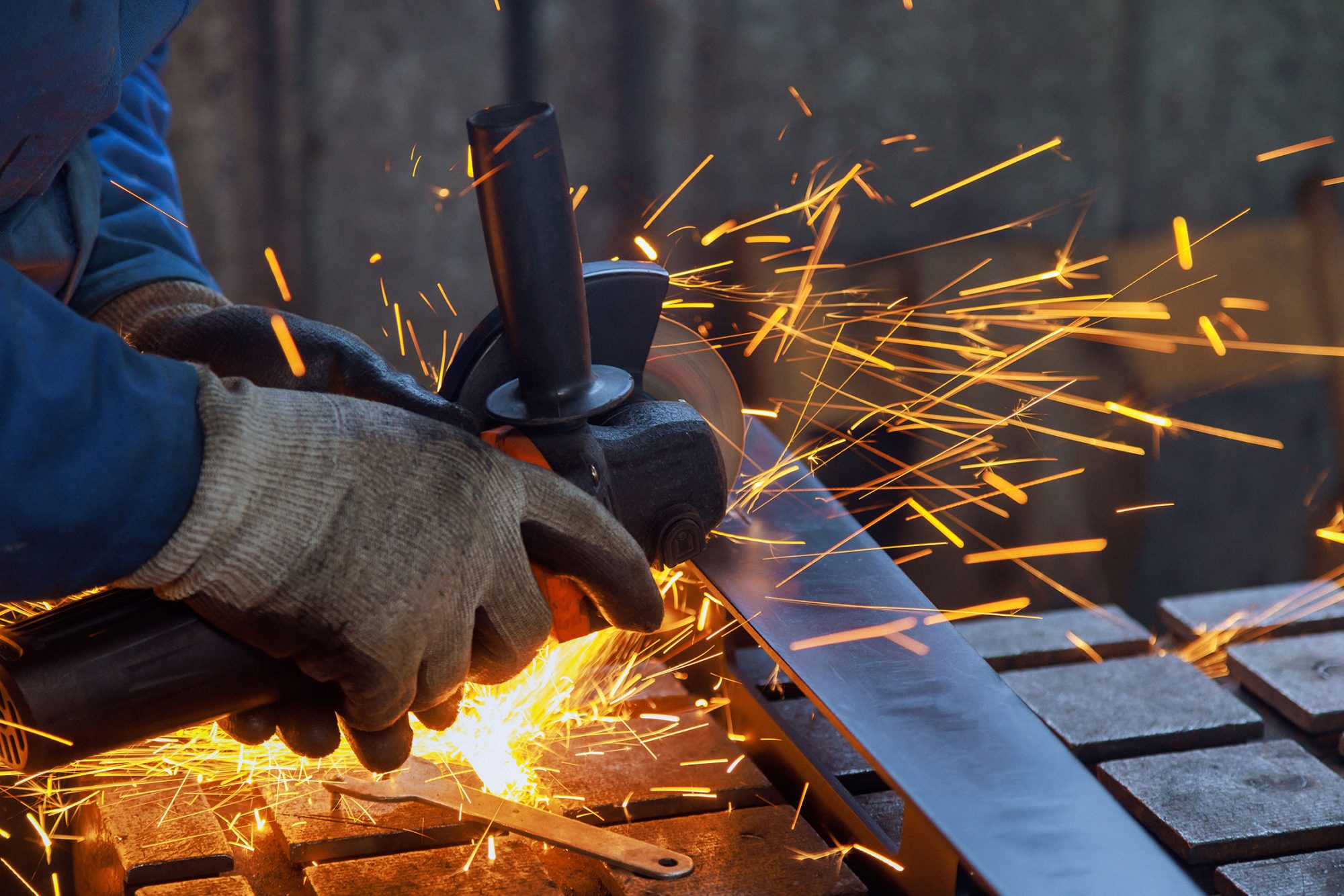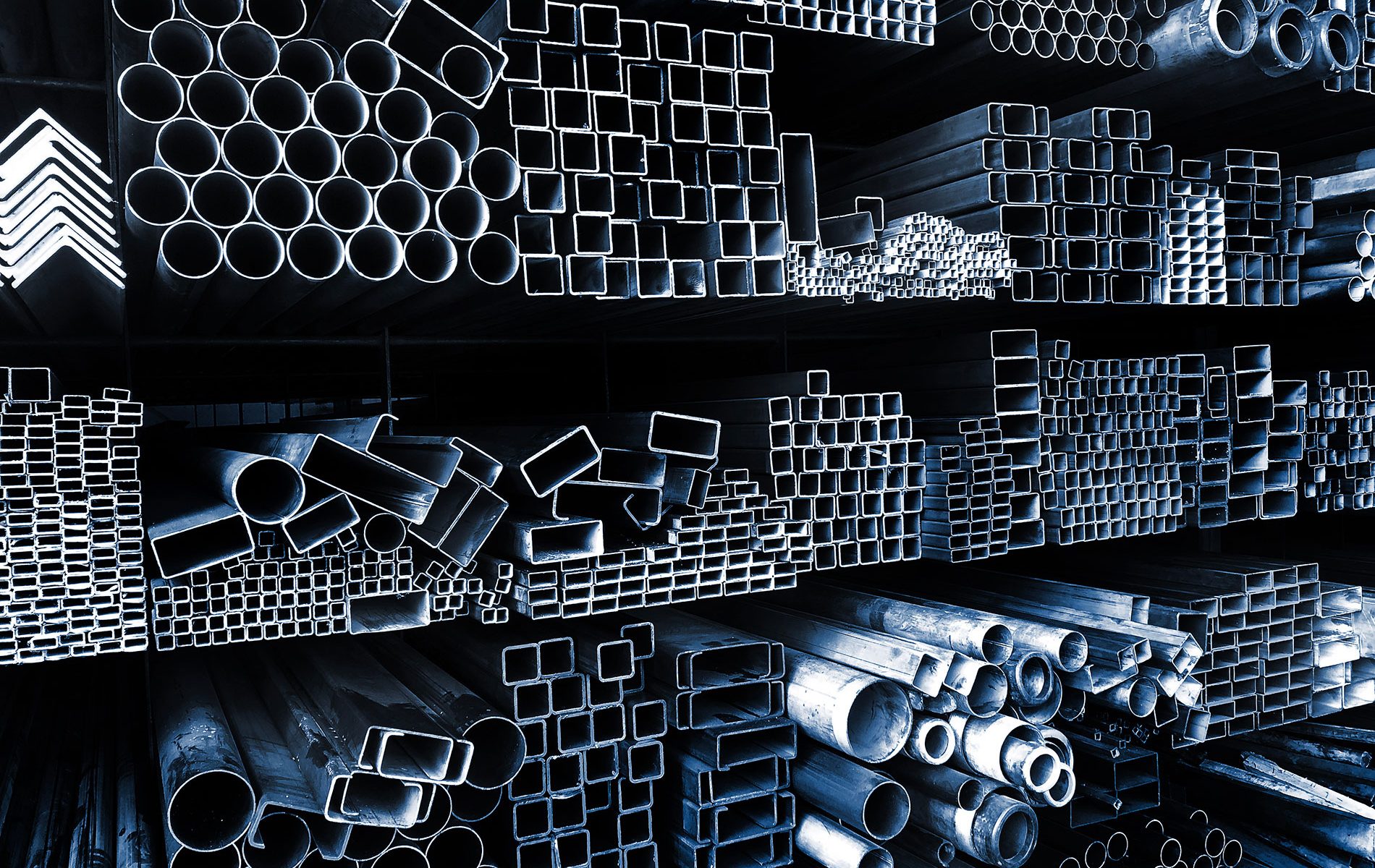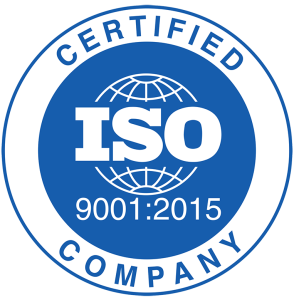In some situations, mild steel ERW tube will be the ideal choice. It is low carbon steel, mainly iron but with a small amount of carbon in the alloy. You make the tubing by rolling, welding, and then processing to get the proper size and shape. The tubes see extensive use in transportation, manufacturing, industrial equipment, and building structures.
 At times, to enhance the service life of mild steel tubes in harsh settings, galvanising tends to be used. This forms a zinc layer on the exterior on the tube’s surface. The result is better corrosion resistance.
At times, to enhance the service life of mild steel tubes in harsh settings, galvanising tends to be used. This forms a zinc layer on the exterior on the tube’s surface. The result is better corrosion resistance.
You have to ask here whether galvanised or non-galvanised mild steel tube is superior. You’ll have to judge the choice between the two comprehensively. You should do this according to specific needs and usage scenarios. We’re going to look at the two options in detail below to determine which one is best. So, read on to learn more.
Durability
Firstly, we’ll go over the differences in durability. For galvanised ERW tube, the zinc layer offers dual protection. There’s a physical barrier and sacrificial anode protection. This extends the service life up to 20-50 years. Saying this, the zinc layer can suffer mechanical damage. It could also wear due to long-term exposure to strong alkali/acid environments. The result will be local corrosion.
As for non-galvanised tube, there isn’t a danger of an issue with the coating because there isn’t one. Also, the initial surface is smoother. Yet, the steel tube is vulnerable to rust in moist, corrosive environments, or if there is salt spray. The lifespan is shorter, lasting 5-15 years.
Uses
Secondly is the difference in usage scenarios. Galvanised mild steel tube is extensively used in jobs where you need anti-corrosion protection. Examples include HVAC systems, agricultural irrigation, and outdoor pipe networks. In harsh locations, these tubes do better at resisting corrosive factors. They lower subsequent maintenance costs as well.
Non-galvanised ERW tube works for indoor, dry settings, or places with low anti-corrosion needs. When used in corrosive or wet environments, you’ll need extra protective measures. Or, you will need more regular maintenance.
Pricing
Then there is the difference in price. Because of the addition of galvanisation, the production costs are higher. This leads to a generally higher market price. Although, the long-term maintenance cost is lower. It minimises the frequency of anti-corrosion treatment and replacement.
With non-galvanised tubes, the manufacturing is straightforward and affordable. There is no extra anti-corrosion treatment cost, meaning the price is low. This works for cost-sensitive projects. However, long-term maintenance costs are high. Corroded parts need replacing or painting regularly.
Conclusion
Galvanised mild steel tubes work for long-term infrastructure or corrosive, wet environments. They focus on longevity and low maintenance costs. Non-galvanised options are better for short-term projects, dry environments, or work needing secondary processing.
Talk to us about ERW tube
At Union Steel Tubes, we work to supply high quality tubing to everyone. Moreover, we’re capable of delivering orders quickly thanks to our organisational structure and skilful team. You will be able to complete your projects in good time by working with us.
So, if we can do anything for you, please let us know. You can talk to us about different sizes and shapes of ERW tube, finishes, applications, and more. We’ll help you decide on the perfect products for your specifications and budget.



